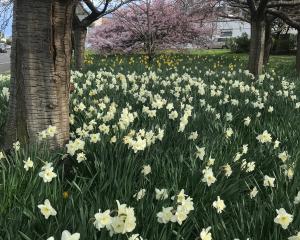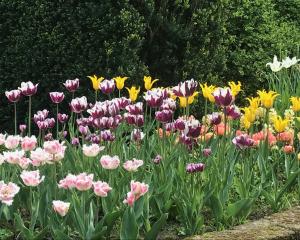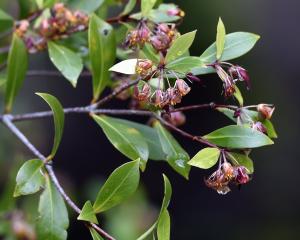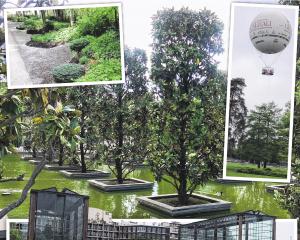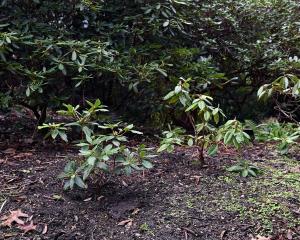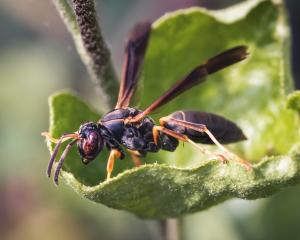On rainy days in autumn or winter, some plants can look a bit drab. That’s not the case for Muehlenbeckia astonii which looks its most enchanting. The petite heart-shaped leaves are sparse within the canopy and tiny fleshy white flowers are seen in summer if you look closely. The red-orange stems change direction at each node resulting in delicate looking zigzag patterns. The open habit makes it look 3-D and with the addition of raindrops this little shrub resembles a living chandelier.
Muehlenbeckia astonii is known by a number of different common names. Wiggy-wig bush is one that many will be familiar with and locally it is also called mingimingi and shrubby tororaro.
The wiggy-wig bush is a landscaper’s dream, a tough shrub which withstands cold, dry, and windy conditions. It can be left natural, pruned into hedges or topiary and if cut back close to the base will still regenerate.
It can be seen growing in the upper gardens New Zealand native plant collection and outside the foyer of the winter gardens.
Garden Life is produced by Dunedin Botanic Garden
For further information contact Marianne Groothui
